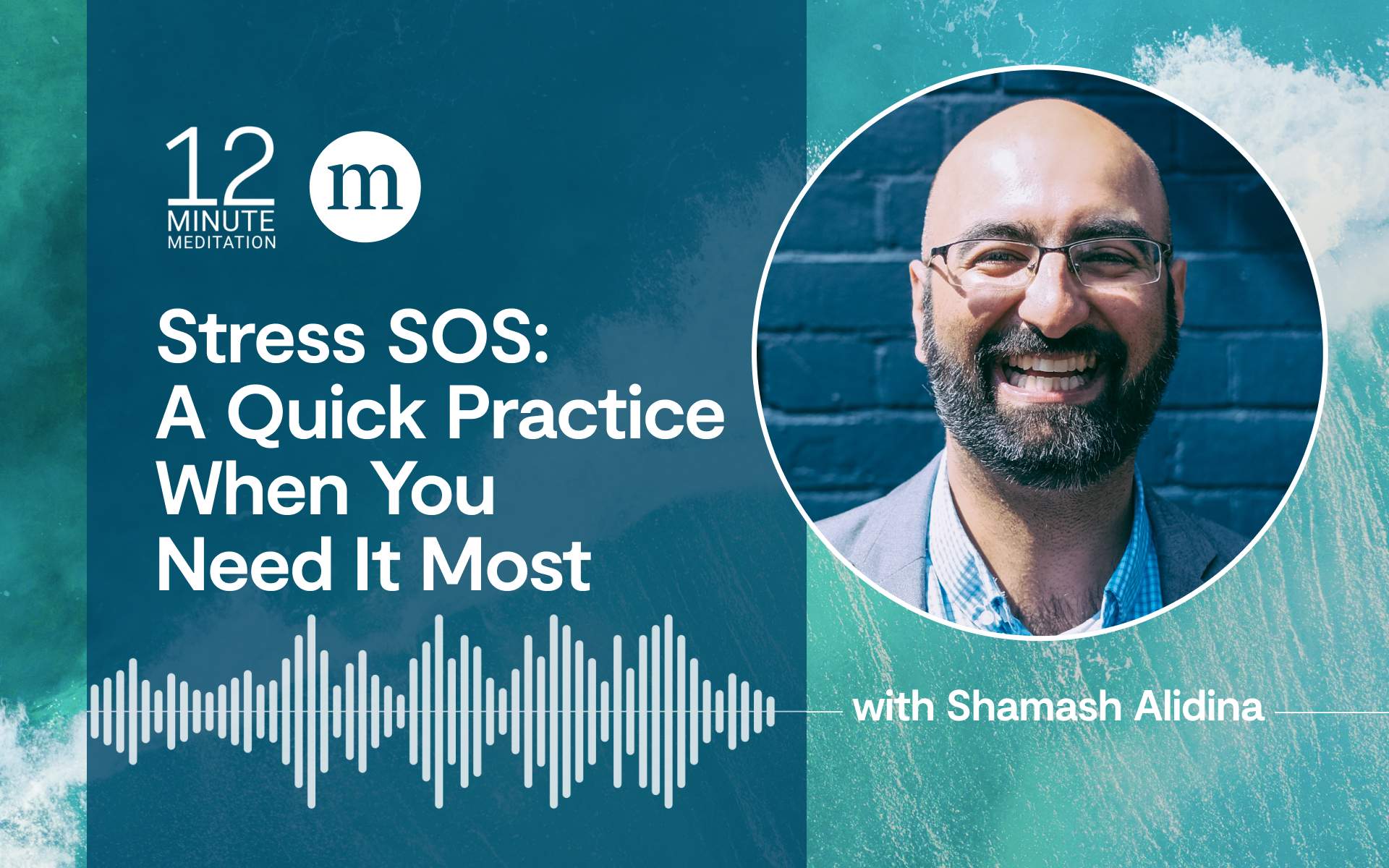What style of meditation is best for stimulating creativity? One of the most definitive studies on this subject was conducted in 2012 by Lorenza Colzato, a Dutch cognitive psychologist. Her research team had a small group of novices practice two forms of mindfulness meditation: 1) open-monitoring, which involves observing and noting phenomena in the present moment and keeping attention flexible and unrestricted, and 2) focused attention, which stresses concentrating on a single object, such as breathing, and ignoring other stimuli. Then, after each meditation session, the subjects underwent tests to determine their ability to perform a range of cognitive skills.
What Colzato and her team discovered was that open-monitoring meditation was far more effective in stimulating divergent thinking, a key driver of creativity. Not surprisingly, the study also showed that focused-attention meditation was more strongly related to convergent thinking, which is important for narrowing options and formulating a workable solution. (Note: Most common forms of mindfulness meditation use a blend of both approaches.)
Open-monitoring meditation (observing and noting phenomena in the present moment and keeping attention flexible and unrestricted) was far more effective in stimulating divergent thinking, a key driver of creativity.
Two years later, another Dutch psychologist, Matthijs Baas, expanded on Colzato’s work and demonstrated, in a series of studies, the importance of specific mindfulness skills in the creative process. The skills were:
- observation, the ability to observe internal phenomena (such as bodily sensations, thoughts, and emotions) and external stimuli (sights, sounds, smells, etc.);
- acting with awareness, engaging in activities with undivided attention;
- description, being able to describe phenomena without analyzing conceptually; and
- accepting without judgment, being non-evaluative about present-moment experience.
One major finding was that high observation scores were the only consistently reliable predictor of creativity. That skill, which is enhanced by open-monitoring meditation, not only improved working memory, it also increased cognitive flexibility and reduced cognitive rigidity—all of which are critical to the creative process. According to Baas, the ability to observe is closely related to openness to experience, a personality trait that several studies have shown to be one of the most robust indicators of creative success.
According to Dutch psychologist Matthijs Baas, the ability to observe is closely related to openness to experience, a personality trait that several studies have shown to be one of the most robust indicators of creative success.
These studies also found that acting with awareness, a skill enhanced by focused-attention meditation, had a negative impact on some cognitive processes related to creativity, such as activities that demanded broad attentional scope and mind wandering. But it had a positive impact on working memory and in-depth survey of only a few categories or perspectives. Meanwhile, the results showed that the other mindfulness skills—description and accepting without judgment—were unrelated to creativity.
What does this all mean? In its report, Baas’ team concludes, “A state of conscious awareness resulting from living in the moment is not sufficient for creativity to come about. To be creative, you need to have, or be trained in, the ability to observe, notice, and attend to phenomena that pass your mind’s eye.”








